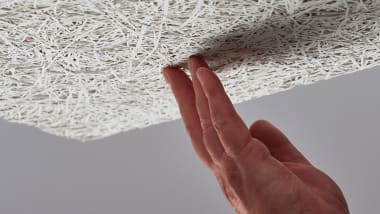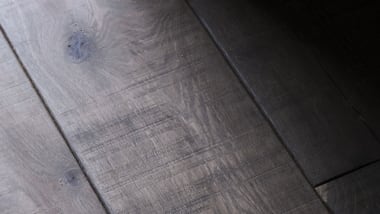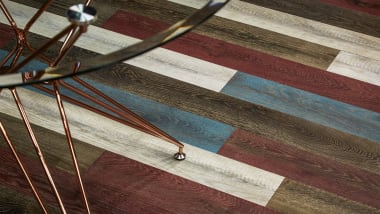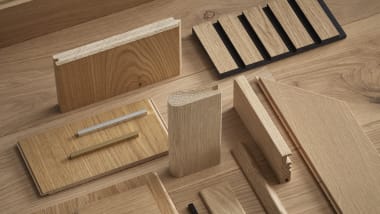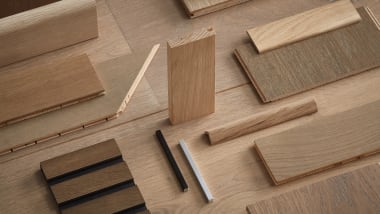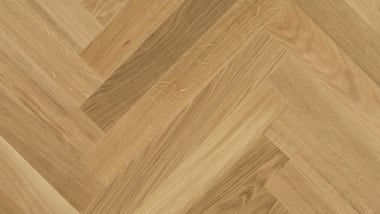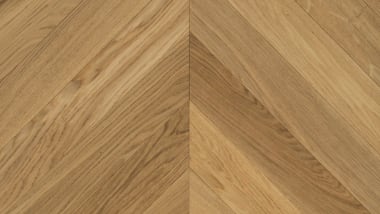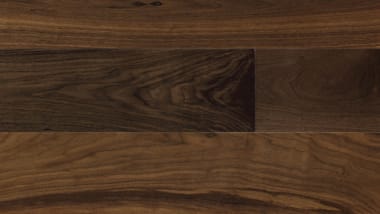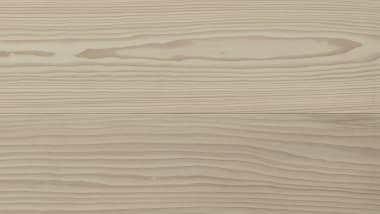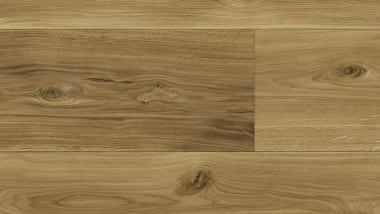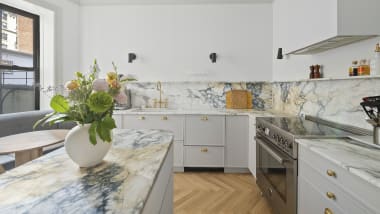How to mix and match different flooring types
29 Jan 2024
Combining different types of flooring within a space can provide both aesthetic appeal and functional benefits. Blending materials like hardwood, tile, and carpet allows you to capitalize on the strengths of each flooring type while creating visual interest. Mixed flooring, done right, can result in spaces that are cost-effective, durable, and uniquely suited to a family’s lifestyle. Here are our top tips to achieving the perfect harmony of mixed flooring.
Understanding different flooring types
One of the most important factors to consider when selecting flooring is at a basic level, understanding what flooring is best suited to that room or area. For example, Hardwood flooring with its aesthetic appeal is durable and easy to clean and works well in living spaces and bedrooms. Tile offers unmatched versatility with endless colors, shapes, and patterns with its water-resistance ceramic is ideal for kitchens, baths and laundry rooms. Plush carpeting, on the other hand, provides sound dampening and underfoot comfort best suited for bedrooms and recreation rooms. By understanding the best flooring type for each room, you can then look at mixing and matching colors and textures.
Design principles for mixing flooring
When it comes to design, there are a few fail safe design principles that can help you with mixing and matching your flooring.
Color Coordination
When blending various flooring materials, pay close attention to color coordination. Choose a cohesive palette that complements each flooring's tones and patterns. For example, pair natural hardwood floors with ceramic tiles featuring earthy hues. Also try and look at the undertones of your flooring choices so you can match warm with warm or cool with cool. That way each flooring type might be a different color but because they have similar undertones, they will flow seamlessly throughout your space.
Transition Techniques
In terms of transition techniques, utilize methods like T-bars, reducers strips and thresholds to smoothly move from one flooring type to another, avoiding uneven height differences.
Balancing Textures
When dealing with vastly different textures such as sleek stone and plush carpet, use furniture placement and rugs to establish natural barriers and make the shift less abrupt. A great way to transition from one floor to another is from room to room.
Room Functionality
As mentioned earlier in this post, always select flooring based first and foremost on the room's function - prioritize water-resistant materials in moisture-prone areas like bathrooms. Durability and easy maintenance should also guide flooring decisions dependent on usage and traffic flow.
Creative inspiration
Here is some inspiration to help you visualize how you can mix and match different flooring materials.


Here our client successfully paired our Fendi Prime herringbone planks with a cool undertone with a checkered black and white marble entryway. The bordering off of both rooms means the transition work was seamless and the cool undertones in both marble and hardwood meant both worked harmoniously to provide this space with a beautifully elegant and mysterious finish.
In this project, undertones were used to match different transition zones. For example in the downstairs area, polished cement was used. To complement this, our cool undertone Fendi prime herringbone planks were used upstairs to create cohesion due to undertone and color.

Common mistakes to avoid
It's easy to go overboard when excitedly mixing flooring types and textures throughout a home. Stick to two or three coordinated flooring materials total to retain a unified flow. For example, combining stone, wood and carpet can start to look busy if used broadly across rooms. Pay special attention to transition zones by avoiding abrupt seams or staining color mismatches. Insufficient transitions like missing reducers can also make walking between levels precarious. Don't assume one maintenance routine suits all floors - custom care is key for harmony. Keep these potential pitfalls front of mind when planning your design.
By following these fundamental coordination and design guidelines will ensure a harmoniously mixed flooring design.
Blending varying flooring materials within your home presents an opportunity to add personalized flair. By mixing and matching flooring textures, patterns and colors, you can produce a functional yet aesthetically pleasing space to enjoy.



